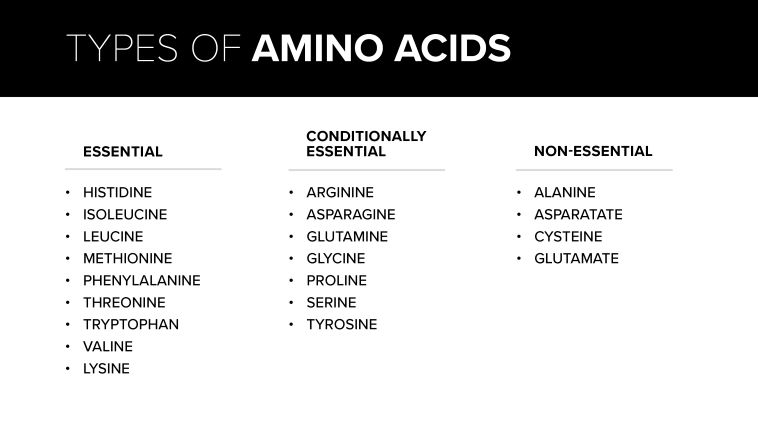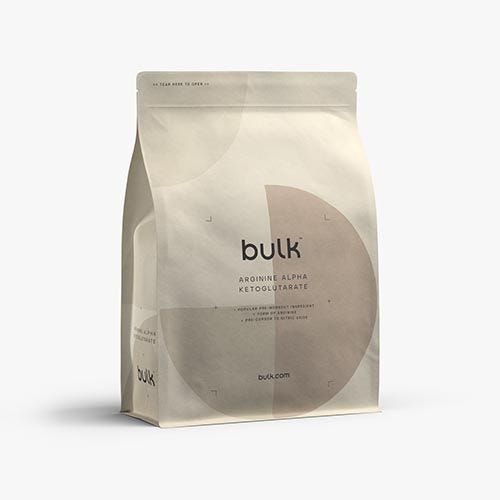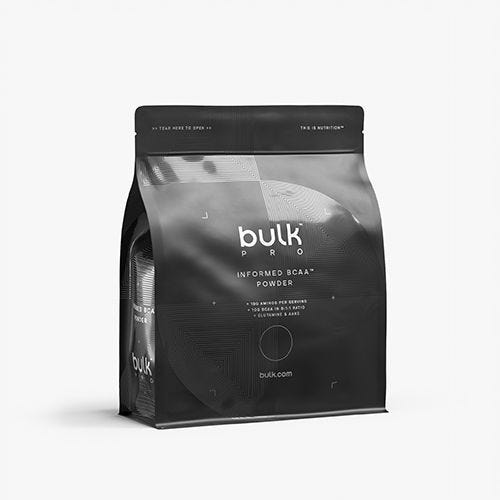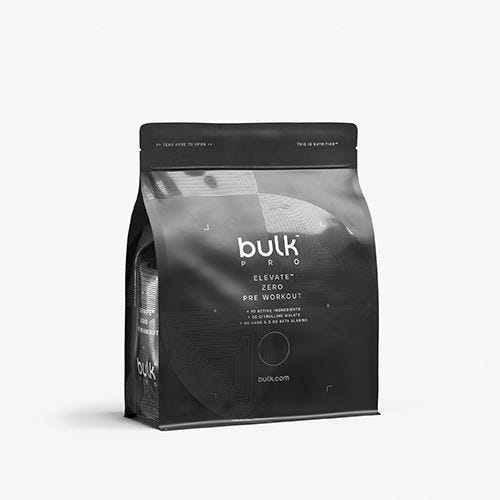What is Arginine?
If you’re taking your first steps in sports nutrition, this name may ring a bell but, there’s a lot to find out. We’ve put together this beginner’s guide to Arginine to take you through everything you need to know so, let’s get started.
Arginine AKA L-Arginine is a conditional amino acid meaning it’s produced by our body. When taken as a supplement, it can help with things like migraine and inflammation. But what does Arginine actually do to your body? It boosts Nitric Oxide levels which stimulate the blood vessels’ inner walls and dilates them to allow more blood to flow freely. In other words, it relaxes blood vessels and can be pretty good for your heart and wider cardiovascular system.

What are the Benefits of Arginine?
Now it’s time to look at some of the more technical aspects. Below you’ll find the main arginine benefits summed up. They’re the reasons why this supplement is so incredibly popular
- Allows more oxygen and nutrients to reach muscles so it supports your body during workouts
- Helps get rid of CO2 and lactic acid in the muscles to increase strength, stamina and recovery
- Can contribute to belly fat loss thanks to the Nitric Oxide from L-Arginine can contribute to fat burning in the long run
- Can have an anti-ageing effect
If you’re a bodybuilder or strength or endurance athlete, you’re probably already integrating L-Arginine. However, you don’t need to be a professional athlete to be benefitting from this – it’s perfectly suitable for anyone interested in improving their performance. Are you a runner or cyclist? Getting that extra oxygen can definitely be beneficial for those activities.
When to Take Arginine
To get the most out of Arginine, it’s best to consume it roughly 30 minutes before your session. That way you’ll have absorbed it by the time you start working out. Even though there’s no set dosage, it’s widely recommended to roughly take 3g of L-Arginine with at least 50ml of water. It’s also preferable to consume it on an empty stomach so your body will absorb it even more quickly.
Chances of potential L-Arginine side effects are very low, especially considering the low dosage.
What Foods Contain Arginine?
Looking to get the most out of L-Arginine through your diet? We’ve rounded up the top foods high in arginine.
- Nuts and seeds
- Meat
- Legumes
- Seaweed
Arginine Supplements from Bulk™
Now that you’re through our guide to Arginine, you can call yourself a pro. Looking for inspiration? Take a look at the top L-Arginine supplements on-site:
Planning on using these in your pre-workout shake? Let us know how it goes on social media tagging us!
Related articles
Looking to learn more? We believe that every person, with support, has the right to transform their lives through fitness. That’s why we’ve put together of articles with expert advice, all to help you on your fitness journey. From when to take Glutamine to the benefits of Tyrosine, check out more articles below:
Whey protein amino acid profile L tyrosine benefits
When to take l arginine When to take BCAA
BCAA energy BCAA vs Amino Acids
When to take glutamine Drugs test results
Pea protein amino acid profile When to take CLA
Citrulline malate guide What does pre-workout do?
Should you take pre-workout before cardio?



















